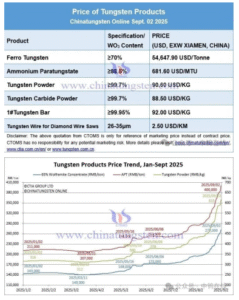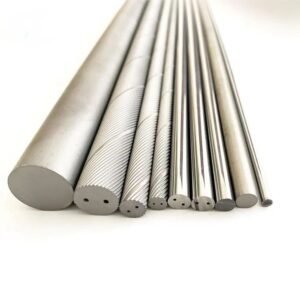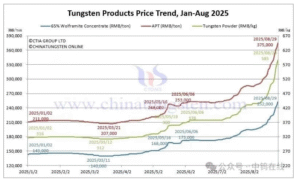In modern metalworking industries, carbide inserts are essential cutting tools widely used for turning, milling, drilling, and other machining operations. Thanks to their high hardness, excellent wear resistance, and long tool life, carbide inserts are the first choice for many demanding cutting tasks.
However, to further enhance performance and extend tool life, coating technology plays a crucial role. Among the various coating methods available today, CVD (Chemical Vapor Deposition) and PVD (Physical Vapor Deposition) are the two most widely used and effective technologies.
In this article, we will explore these two main coating methods, their advantages, and their best applications — helping you choose the right inserts for your needs.
1. CVD (Chemical Vapor Deposition) Coating
What is CVD?
CVD is a process that applies a thick, wear-resistant coating onto carbide inserts through chemical reactions at high temperatures (typically 900°C to 1100°C). This process produces coatings with strong adhesion and excellent durability, making inserts highly resistant to wear and heat.
Key Advantages of CVD Coating:
- Thicker coatings (generally 5-15 microns) for outstanding wear resistance.
- Strong bond between coating and carbide substrate — excellent adhesion.
- Ideal for continuous and heavy-duty cutting operations, especially for steel, cast iron, and similar materials.
- Smooth surface finish, reducing friction and cutting temperatures.
Common CVD Coating Materials:
- TiN (Titanium Nitride)
- TiCN (Titanium Carbonitride)
- Al₂O₃ (Aluminum Oxide)
- TiAlN (Titanium Aluminum Nitride)
Best Applications for CVD Coated Inserts:
CVD-coated inserts are perfect for roughing operations and high-volume production of steel and cast iron parts, particularly in high-speed, high-temperature, and heavy-load environments.
2. PVD (Physical Vapor Deposition) Coating
What is PVD?
PVD is a coating process performed at lower temperatures (around 400°C to 600°C) using physical processes like sputtering or evaporation. This method produces thin but highly tough coatings, making it suitable for applications where precision and toughness are needed.
Key Advantages of PVD Coating:
- Thinner coatings (typically 2-8 microns) for sharp cutting edges.
- Higher toughness, ideal for interrupted cuts and precision machining.
- Minimal impact on the carbide substrate due to low-temperature application.
- Suitable for cutting tools requiring sharp and precise edges, such as threading, grooving, and profiling.
Common PVD Coating Materials:
- TiAlN (Titanium Aluminum Nitride)
- AlTiN (Aluminum Titanium Nitride)
- CrN (Chromium Nitride)
Best Applications for PVD Coated Inserts:
PVD-coated inserts are best used for finishing, semi-finishing, and interrupted cutting of hard-to-machine materials, including stainless steel, high-temperature alloys, and hardened steels.
✅ Comparison Summary: CVD vs. PVD
| Feature | CVD Coating | PVD Coating |
|---|---|---|
| Coating Thickness | Thicker (5-15 microns) | Thinner (2-8 microns) |
| Application Temperature | High (900–1100°C) | Low (400–600°C) |
| Wear Resistance | Excellent | Moderate to High |
| Edge Sharpness | Lower (rounded edges) | Higher (sharp edges preserved) |
| Best for | Heavy-duty, continuous cutting of steel, cast iron | Precision cutting, interrupted cuts of stainless steel, alloys |
| Surface Finish | Smooth, reduces friction | Fine, maintains edge sharpness |
Conclusion
Choosing the right coating for carbide inserts is crucial to achieving long tool life, high productivity, and excellent surface quality in your machining processes.
- If you are focusing on heavy-duty turning, roughing, or high-speed machining of steel and cast iron, CVD-coated inserts will deliver superior performance and wear resistance.
- If you need precision, sharp cutting edges, or tools for tough materials and interrupted cuts, PVD-coated inserts are the better choice.
At Zhuzhou Zhirong Advanced Materials Co., Ltd., we offer a wide range of high-quality carbide inserts with both CVD and PVD coatings, designed to meet the demands of various industries and applications.
👉 Contact us today to get free samples and professional advice on choosing the right carbide tools for your needs.
📧 Email: crystalyuan@zrzhirong.com
🌐 Website: www.zhirongcarbide.com





